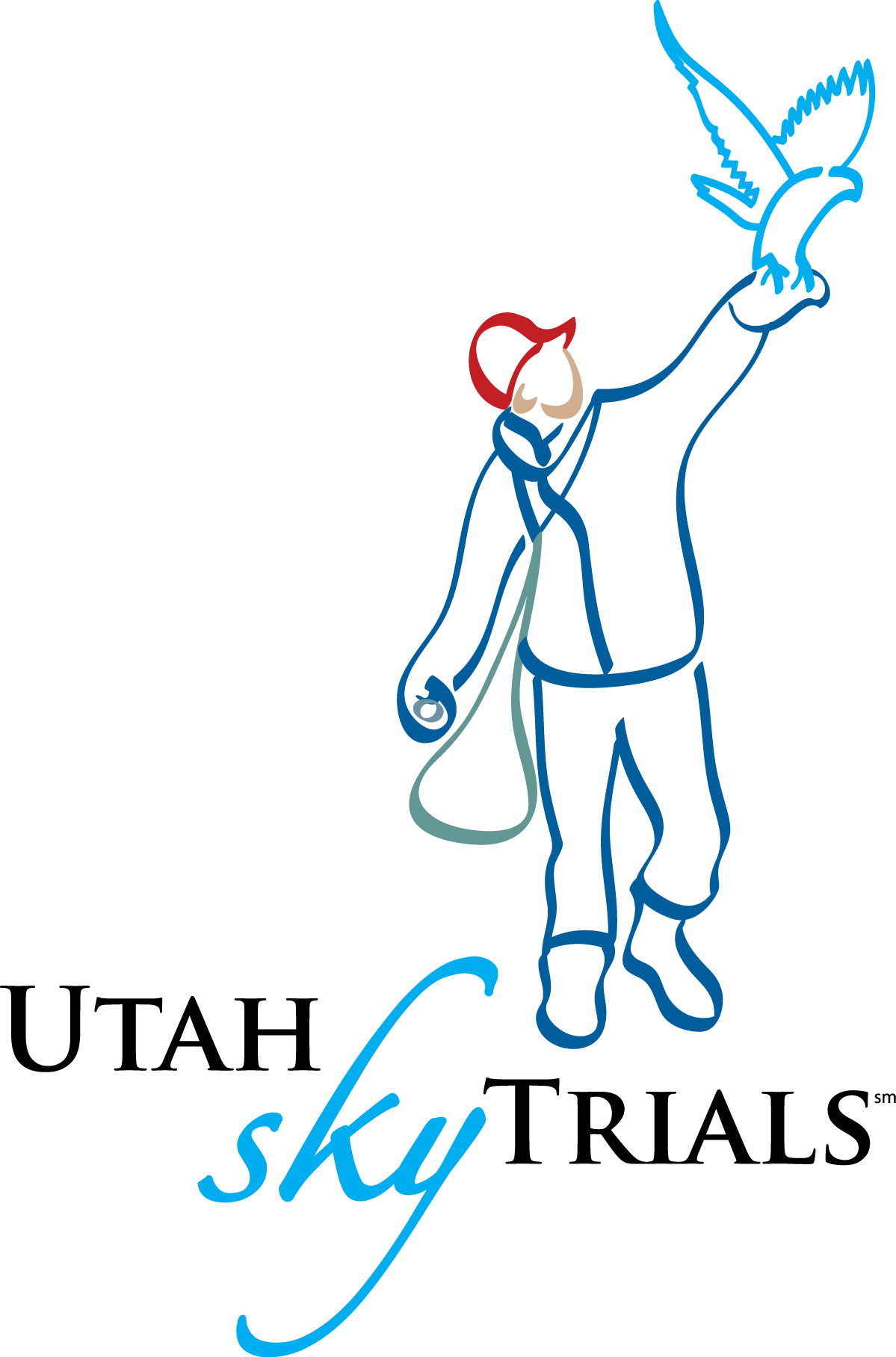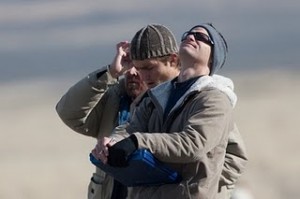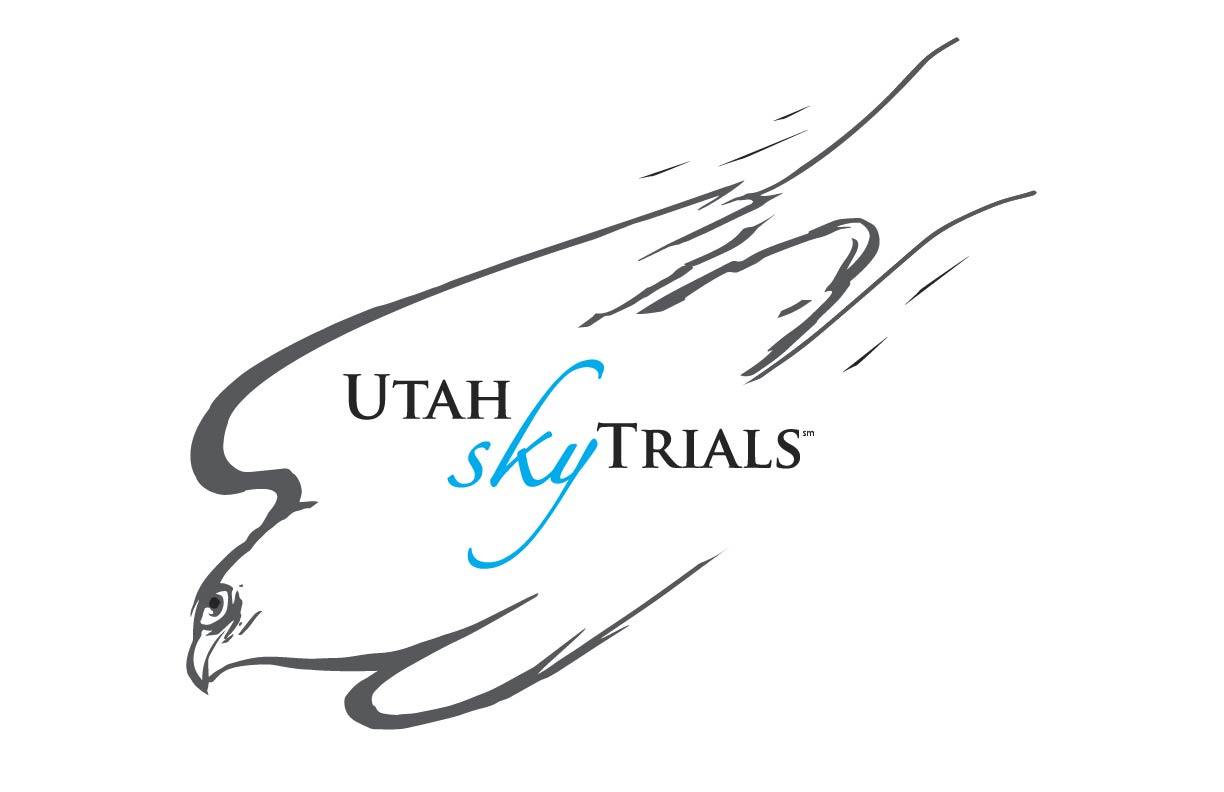2017 Judging/Rules
Gerald’s Own Criteria (With a Little Help from His Friends)
Updated 1-21-2017:
A Note on Judging. Judging has always been a challenge. Gerald Richards tried different methods and ideas to make the judging as fair as possible. The result after all these years is a blend of mathematics, technology and art. And like so many athletic contests, it is naturally influenced by human subjectivity.
How high is that bird? Always the big question! Finally, thanks to Marshall Radio Telemetry and their GPS transmitters we have the answer. We will monitor and judge height by GPS transmission. Each contestant will be required to attached a provided Marshal GPS transmitter to their falcons. No drones, balloons, RC planes, kites, audio or other stimuli to get the bird in the air will be allowed. That includes recordings of drone noise, etc.
Our judges do their best to be fair, and consistent. Consistency is paramount. We have no instant replay cameras to review. But what is important is that the judging is consistent for every flight and all birds are measured against the same standard.
It is both challenging and rewarding to be a judge. They have the best seat in the house, but are occasionally treated like referees at a professional basketball game, when the call doesn’t agree with coaches or players. Gerald began this competition to have a little fun at the end of the flying season; we appreciate your respect for the judges and for not letting the competitive nature of the event supersede the fun we intend to have.
What would have Gerald done? Of course we can’t know how Gerald would have evolved the Sky Trials. What we do know is that he was always tinkering with all aspects of the Sky Trials. It is certain that it would not have stayed the same as it was in 1994 when Gerald passed. He would have been curious to see how new technology, or different methods could make the Sky Trials even better. We will do the same.
Specifics. The judged sequence of each flight is determined from the time the falcon is cast off the glove to the time it catches or gives up on the competition pigeon, and the falconer has reported to the head judge with his or her falcon back on the fist. A total of 20 minutes is allowed for this flight. Points will be deducted at 1 point per minute for going overtime.
During the flight, the falcon will be judged on mounting, pitch, stoop and the pursuit after the stoop.
Continual Feedback. We received considerable feedback the past few years and it is wonderful that people share our passion for this event. Of course, just like every competition, not everyone agrees on all aspect of the competition and that’s okay. After careful discussion and input from falconers and past judges, we implement changes that are reflected in some aspect of the rules.
Multiple Judges. In the past, we had a single head judge with spotters to consult with. This year we will have 2-3 judges. One judge will stand out with the falconer so they see what the falconer sees. That field judge will be joined by the pigeon thrower who will also serve as a spotter and field judge. The other judge will be out of the field monitoring the GPS activity. We will do our best to minimize gear and people in the field.
Mounting (20 points) Mounting represents the time from when the falcon leaves the falconer’s fist until the falconer calls for a height reading, just before calling for the serve. The height of the bird just before serve will be divided by the time expired from casting off the glove to calling for height reading.
Mounting skill is determined in feet per minute and measures how quickly the falcon gets into position for the stoop. The falcon with the highest feet-per-minute score earns 20 points. The second highest feet-per-minute score earns points in proportion to the highest feet-per-minute score and so forth. For example, if the best feet-per-second score were 190.91, that flight would score 20 points. If the second best feet-per-minute score were 178.86, that flight would score 18.7 points.
Not Scoring Position. In the past Position at time of serve has been judged. We will not be judging Position. The idea here is to let the falcon determine how and where its best advantage is in the sky. For one falcon that may be straight overhead, for another its style might be wider. One falcon may stay wide until the serve then dash across the sky putting in a dramatic stoop, while another falcon may stay wide and miss the same advantage.
Contestants still have 20 minutes from the time the falcon leaves the glove until it is returned to the glove and the falconer has reported back to the head judge with his or her falcon. It is left to the particular style of the falcon and the falconer as to how that time is used.
Pitch (20 points) Pitch represents the height the falcon reaches when the falconer calls for the serve. The judges will use the GPS transmitter to determine the height of the falcon. NOTE: No bird will be served under 300 feet high.
Scoring Pitch. The falcon that flies the highest scores 20 points. The rest of the points will be scored in proportion to that highest height.
As an example, let’s say a bird named “Gumby” had the highest flight for the day at 1487 ft. Gumby would score all 20 Pitch points. The second highest flight was by “Elton” who flew to 1345 ft. Elton would score 19.21 Pitch points. If the 3rd highest bird flew 610 ft, that bird would score 8.71 Pitch points and so forth.
Note: You can still score points for a pitch under 300 feet. 287 feet in this case would earn your bird 4.10 Pitch points. Of course because you were unable to call for a serve you would lose any points for stoop and pursuit. So let’s say on Friday, your bird was having an off day and flew 287 feet and you called it back to the glove in under 20 minutes. You would only score 4.10 points.
As we all know, sex, color, and species of the bird can be deceiving factors to judge distance. The GPS reading takes the human factor out of the equation.
In the unlikely event the falcon cannot be measured with the GPS, the judges will collectively agree on their best estimation of the height of the bird. While this is not anticipated, we will also have a laser range finder available as a back up.
Please note again: to give the pigeons the same head start advantage they may have flying in the wild, the falcon must be at least 300 feet high (not away) before the pigeons are served.
Stoop (20 points) It is especially during the stoop, the free-fall pursuit of the falcon towards the pigeons, that the art of the competition is measured. The 20 points for the stoop will be measured in two segments: Stoop pitch and the technical aspects of the first stoop. 10 points can be earned for each segment.
Stoop Pitch. The first 10 points are earned by the pitch of the falcon at the time of the serve. A falcon that stoops from 1500 feet will receive a greater portion of the first 10 points than one that stoops from 500 feet. Specifically:
If your falcon received the max 20 points from the pitch measurement, (2000 feet) it will receive 10 points for the pitch portion of the stoop. The points drop proportionally from there: 1000 ft. will receive 5 points for the pitch portion of the stoop and so on.
Technical Aspects. When considering the technical aspects of the stoop, Gerald felt it was unimportant what style the falcon used to get down, as long as it cuts through the quarry at the bottom of the stoop with some “oomph!”
Gerald’s scoring criteria for the technical segment are as follows:
Catches the pigeon = 10 points.
Feathers the pigeon = 8 points.
Pursues with considerable force, but no contact = 6 points.
Intent on the pigeon, but not close = 4 points.
Some intent = 2 points.
Not too interested = 0 points.
NOTE: If the falcon does not stoop or chase the pigeon, it is not disqualified. It will only score points for Mounting and Pitch.
Pursuit (15 points) Pursuit points are earned as the falcon makes additional threatening passes/attacks at the quarry. There is a degree of difference in a crafty pigeon offensively dodging a pursuing falcon who is well behind it and one that is forced defensively to dodge an immediate impact.
The pigeons flown in the Sky Trials are bred as competitive racers and are often well out ahead of the falcon, juking and maneuvering the falcon who is trying to keep up. Falcons that get full pursuit points close the gap quickly and force the pigeon into defensive lifesaving maneuvers (turns.)
5 points are awarded for each time the falcon forces the turn of the pigeon. (Up to 3 turns awarded) 3 points are awarded if falcon forces the pigeon to put in to the judges, the crowd, a bush, etc.
The full 15 points are awarded if the pigeon is caught in the pursuit. If the pigeon is caught while putting in at the judges table, under a car, etc., this is a put in and only the three points are awarded. Note: This is also a reason to limit the number of people in the field with the falconer.
Additional Rules
The tradition established by Gerald Richards since 1975 lives on. Here are additional rules governing The Utah Sky Trials.
- The Sky Trials is a one shot deal. No second flights for any reason. Gerald was adamant about this. Every time we fly we risk the interference of unpredictable quarry, wild prairie falcons, eagles, etc. (This rule may in a rare, extreme circumstance be mitigated by the head judge.)
- No contest. The head judge or organizers may call no contest if they feel the Sky Trials is compromised by unfair manipulation, intentional or otherwise. The judges’ decisions are final. No contest means no contest, no awards, no refunds. It is in the best interest of everyone to work to see that the event is fair to all.
- All dogs must be kept on a leash. The only exception will be the dog of the falconer that is competing during his allotted time slot.
- Live Lures. In the past this read: No live lures. Any contestant using a live lure within one mile of the meet will be disqualified. Please have your birds trained and in proper weight so that they will come down to a lure. A live lure may be used beyond the mile if necessary.
NOTE: We will provide a white homing pigeon to be flashed near the falconer in the event a bird flies off or doesn’t want to come down after the pigeons are served. This white pigeon will be secured on a leash and will be flashed to get the falcon’s attention back on the falconer and his or her lure. IT IS NOT TO BE USED AS THE LURE. The live lure rule remains in effect. You are not to use a live lure where the falcon comes down and kills the live lure unless you are beyond a mile and you feel your bird is at risk. The white pigeon will be secured away immediately as the falcon begins its ascent.
- Pigeon selection. The contestant should pick the 2 pigeons he or she wants for the flight, but will not touch the pigeons at any time.
- Time Limit: 20 minutes. Contestants will be allotted 20 minutes for their flight. Timing begins as soon as the falcon has been cast off the glove, and ends when the falconer has the falcon back on the glove and has reported back to the head judge with his or her falcon.
Contestants will have one point deducted for each minute beyond this time limit. (Time will be rounded up according to universal rounding rules: 19:59 total flying time will be deducted 1 point. 21:02 will also be deducted 2 points.
- Contestants entering more than one bird. Contestants entering more than one bird will present their falcon for the judges to read the band number and must match the number with the assigned time slot.
- No Interchanging time slots. Contestants entering more than one bird are not allowed to interchange their time slots between their birds or with other contestants. (No exceptions.)
- Falcons are released from glove. Falcons can only be released in the field from the glove beyond the judges’ table. No releases from the rooftop of a vehicle, etc. (No exceptions.)
- No Exhibition flying after flight. With respect to other contestants anxious to get into the field, no lure flying is allowed after the pigeon is served. Contestants are asked to exit the field as soon as their falcon is picked up. (Exhibition flights are welcomed after all the flights are completed and an announcement will be made for the spectators if needed.) The organizer reserves the right to make an exception to this rule, if for example there are open slots before the next scheduled flight.
- Two pigeons served. Each falcon will be served 2 pigeons simultaneously. This gives the pigeons a much higher level of confidence and they will fly much better as result. Normally, a pair of pigeons won’t put in with pressure.
- First flights 7:20 am Sharp! Both Days. In order to accommodate those falconers who wish to fly early as well as the wishes of the pigeon provider, we will have the first bird in the air ready to judge at 7:20 am. This is the same for the Preliminary Flights on Friday and the Final Flights on Saturday.


